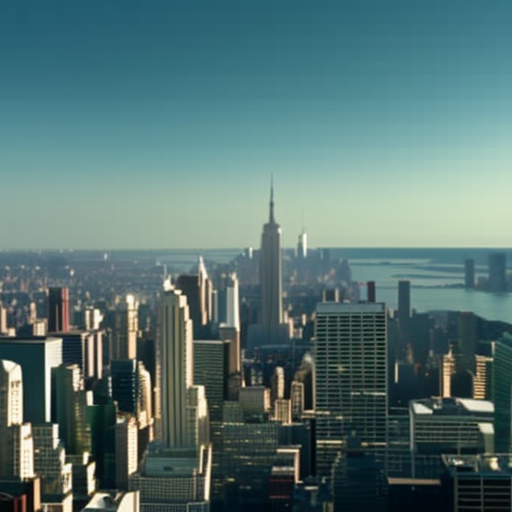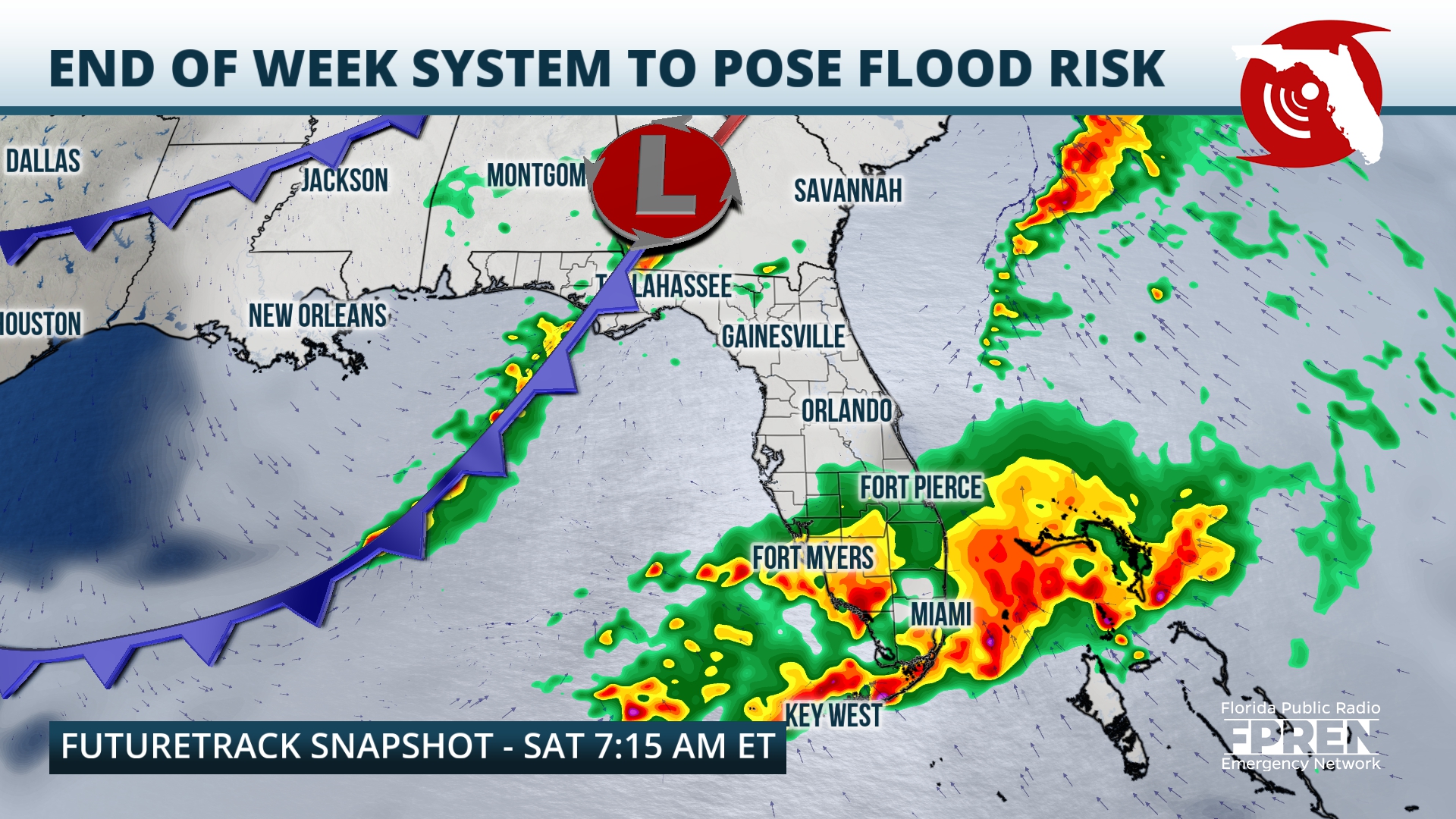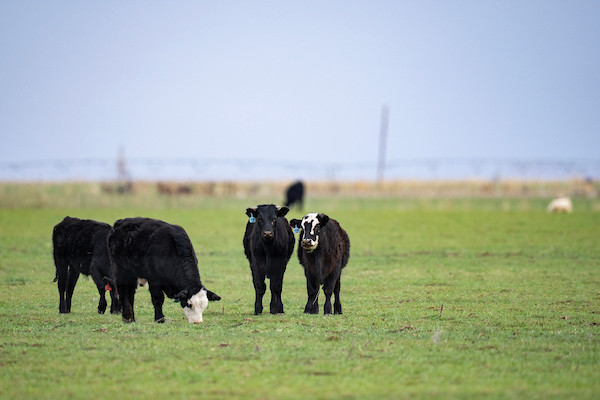
The Latest
A new report from the Mayor’s Office of Climate & Environmental Justice digs deep into the social inequities that contribute to environmental problems in New York City neighborhoods.

Jade Doskow for The New York Times
The Background: A project years in the making.
In 2017, a new law required the city to publish a data-driven study and mapping tool that identifies areas with disproportionate levels of pollution, as well as contributing socioeconomic factors.
Seven years later, it’s here.
Mayor Eric Adams said that the report and mapping tool would help locate “the communities that have been most impacted by environmental inequities.” And those insights, he added, will help guide government policies.
The Findings: Low-income communities of color are the hardest hit.
Nearly half of the city’s population lives in what the report describes as an “environmental justice area.” (It determined these areas, which typically have histories of societal neglect resulting in elevated levels of pollution and health issues, using census data.)
Polluting infrastructure, like high-emitting power plants and hazardous waste generators, tends to anchor these neighborhoods, many of which also lack green space and public transit. Several of the areas are near highways and warehouses, which can expose residents to contaminants.
Structural racism and poverty contribute to hardships for residents, who also battle a disproportionate amount of challenges related to housing and climate change, such as lead paint exposure and high heat.
Within these areas, 27 percent of residents are Black and 43 percent are Hispanic; almost a quarter have incomes below the poverty level.
The Bronx has the most environmental justice areas — nearly the entire borough qualifies for the designation. Affected neighborhoods in other boroughs include East Harlem, central and eastern Brooklyn, the North Shore of Staten Island and southern Queens.
Why It Matters: The data underscores needs.
Thank you for your patience while we verify access. If you are in Reader mode please exit and log into your Times account, or subscribe for all of The Times.
SDGs, Targets, and Indicators in the Article
-
SDG 1: No Poverty
- Target 1.2: By 2030, reduce at least by half the proportion of men, women, and children of all ages living in poverty in all its dimensions according to national definitions.
- Indicator: Proportion of population living below the national poverty line.
-
SDG 3: Good Health and Well-being
- Target 3.9: By 2030, substantially reduce the number of deaths and illnesses from hazardous chemicals and air, water, and soil pollution and contamination.
- Indicator: Mortality rate attributed to household and ambient air pollution.
-
SDG 10: Reduced Inequalities
- Target 10.2: By 2030, empower and promote the social, economic, and political inclusion of all, irrespective of age, sex, disability, race, ethnicity, origin, religion, or economic or other status.
- Indicator: Proportion of people living below 50 percent of median income.
-
SDG 11: Sustainable Cities and Communities
- Target 11.6: By 2030, reduce the adverse per capita environmental impact of cities, including by paying special attention to air quality and municipal and other waste management.
- Indicator: Annual mean levels of fine particulate matter (PM2.5) in cities.
-
SDG 13: Climate Action
- Target 13.1: Strengthen resilience and adaptive capacity to climate-related hazards and natural disasters in all countries.
- Indicator: Number of deaths, missing persons, and directly affected persons attributed to disasters per 100,000 population.
Behold! This splendid article springs forth from the wellspring of knowledge, shaped by a wondrous proprietary AI technology that delved into a vast ocean of data, illuminating the path towards the Sustainable Development Goals. Remember that all rights are reserved by SDG Investors LLC, empowering us to champion progress together.
Source: nytimes.com

Join us, as fellow seekers of change, on a transformative journey at https://sdgtalks.ai/welcome, where you can become a member and actively contribute to shaping a brighter future.






